Our Blog
10.01.2018
W Sitting: Why Do Therapists Care ?
W sitting is the opposite of sitting cross-legged or crisscross applesauce sitting. In a W sit, a child’s bottom is on the floor with feet on either side of the hips and toes pointed out. W sitting is common in children, especially in children who in-toe or have low muscle tone, increased flexibility, or poor
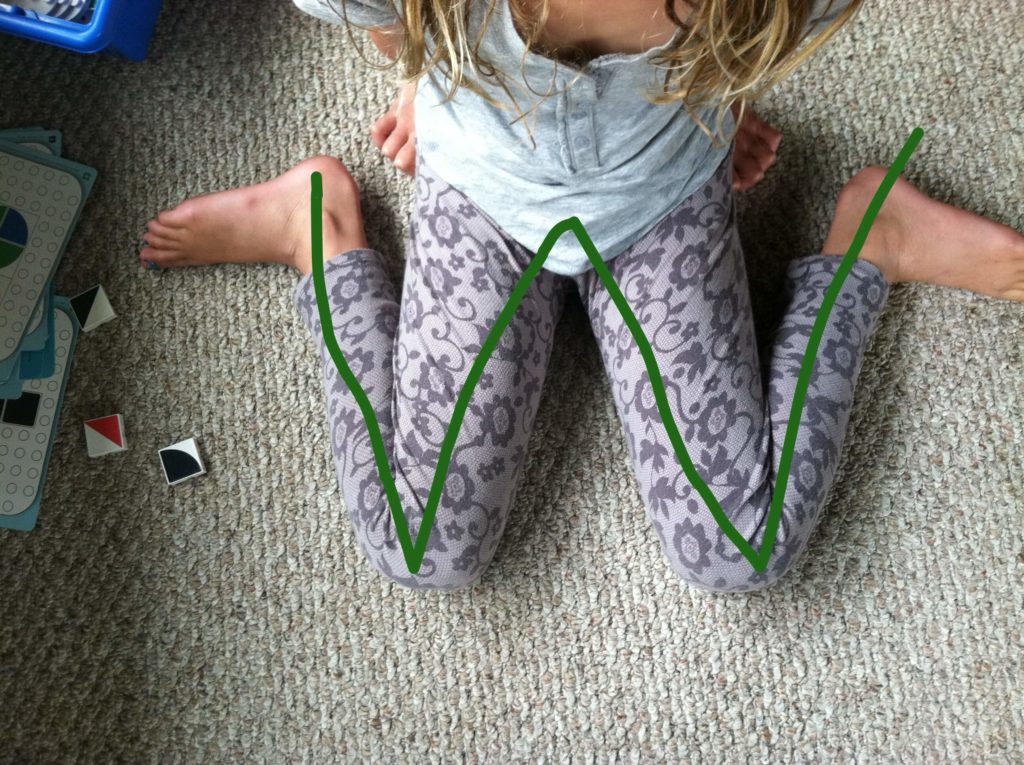
09.04.2018
Speech Sound Development
It’s an exciting time when your child starts using words to communicate…but when do speech sound errors like “tar” for “car” go from cute and age appropriate, to areas of concern? Specific sounds and speech patterns develop at different times, improving how well a child is understood by their parents, peers, and caretakers. By 18
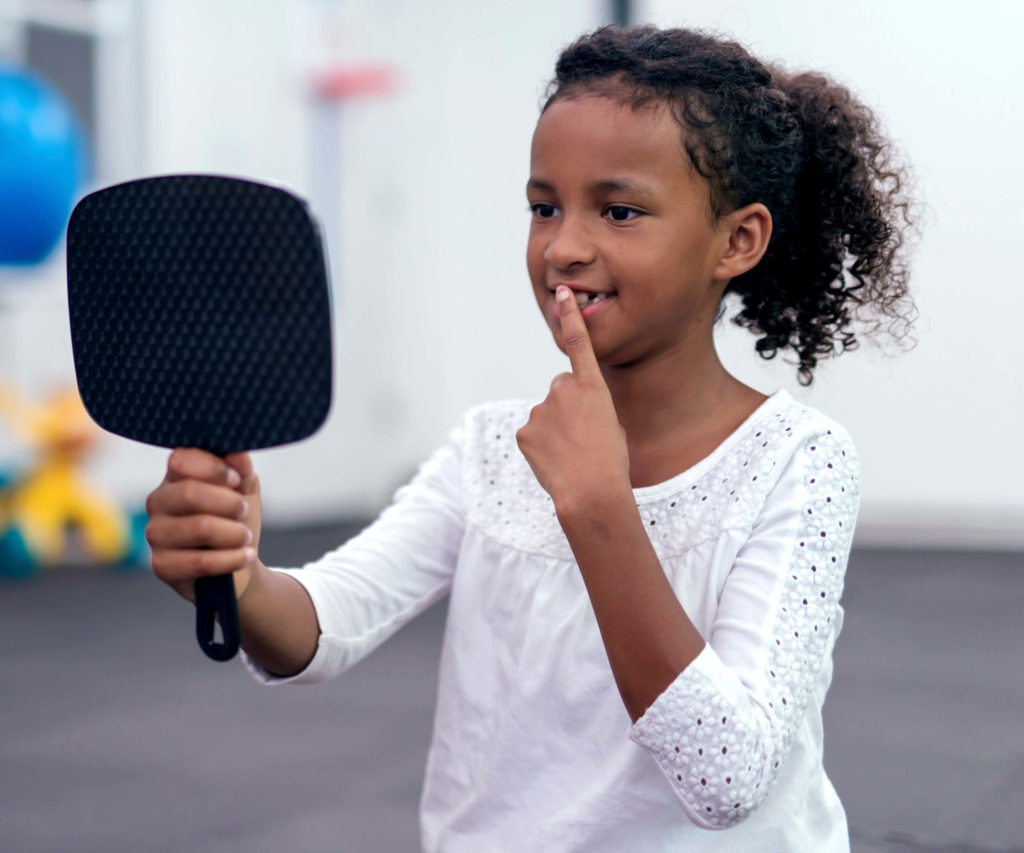
07.31.2018
Navigating the Screen Time World
Screen time is an inescapable reality today. There is however, strong research that too much screen time can have serious health consequences. In November of 2016, the American Academy of Pediatrics released a policy statement with research backed positions regarding screen time and young children. Continue reading for a summary of that statement. Who Should
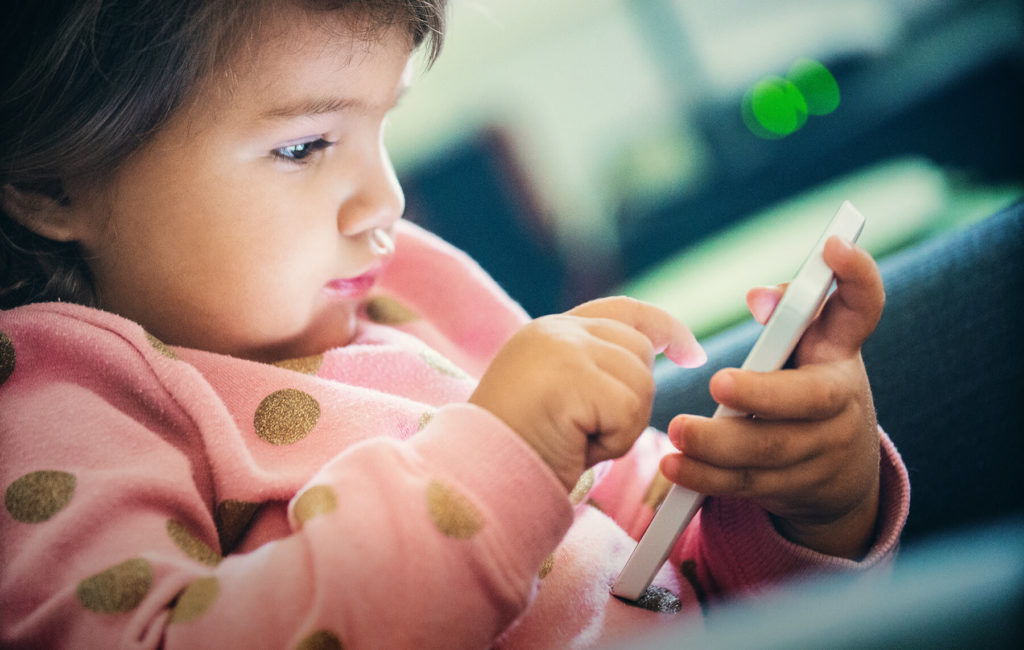
11.06.2018
Developmental Communication Milestone Series: 12 Months
What does communication at 12 months of age look like? At 12 months babies become active participants in their environments. They begin participating in familiar routines and social games adults play with them. They continue to learn language by hearing the same words/phrases paired with familiar activities, repetition of actions and words, having adults explain
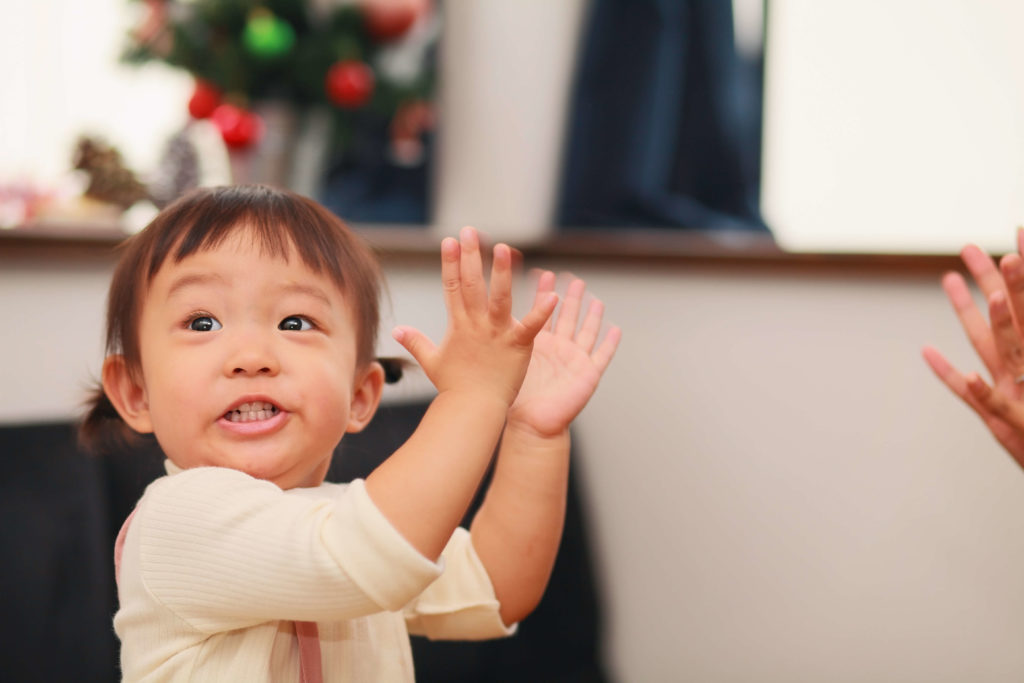
09.07.2018
Pelvic Floor Physical Therapy
Peezing: verb Sneezing and peeing at the same time “I had no idea there was physical therapy for this!” This is one of the most common phrases I hear in my practice. Although it is gaining more exposure, many women still have not heard of pelvic floor physical therapy. A great deal of women I
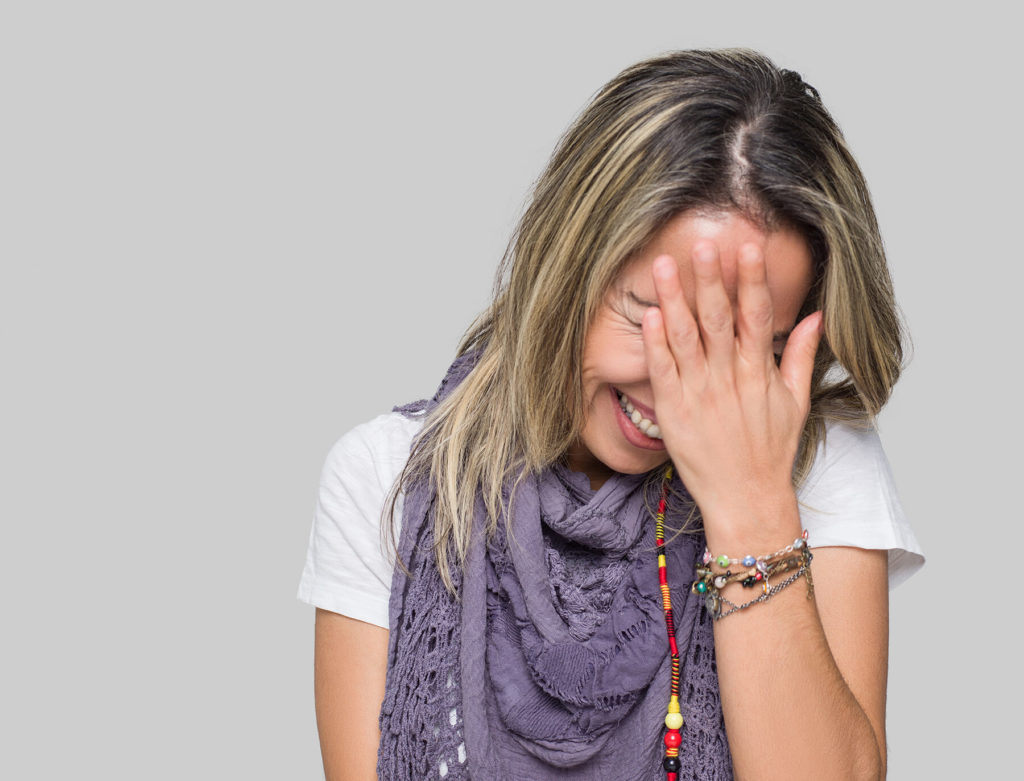
08.06.2018
Body Mechanics Education
Body mechanics play a significant roll in preventing and treating pain of all kinds. Poor body mechanics can place additional stress on certain areas of the body which can cause irritation or inflammation. Here are a few general recommendations: Lift heavy objects with even weight distribution. Lift with the legs when possible, keep your core

